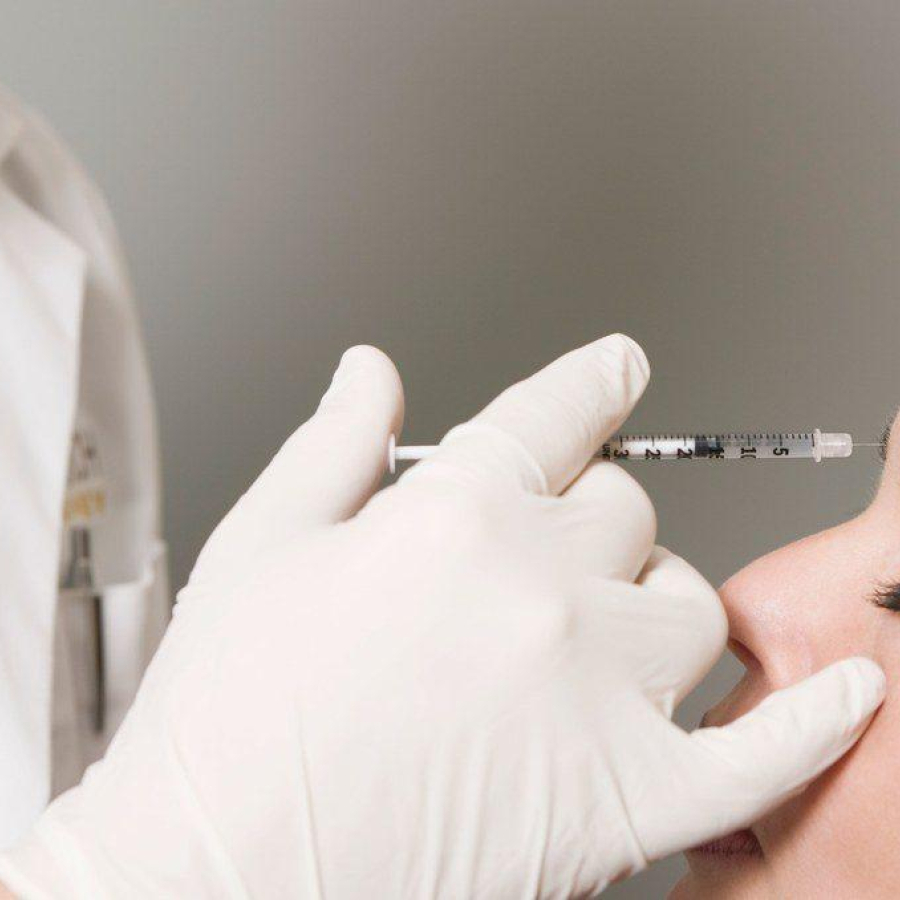
Legal
Second California Law That Affects MSOs Passes
California has now passed two laws that will have an effect on how investors, health care entities and management services ...

Show your committment to patient safety, legal compliance and community over competition.
AmSpa members receive preferred pricing on all AmSpa live and virtual trainings.
Get the latest news and information about safe, legal practice in medical aesthetics directly in your inbox.
Get access to med spa laws, in-person and online training and more!
Posted By Madilyn Moeller, Tuesday, August 24, 2021
By Bradford E. Adatto, JD, Partner, ByrdAdatto
As elective medicine practices and providers are try to find the most efficient and effective possible ways to perform initial patient consultations, commonly referred to as good faith exams (GFEs) it's often asked if telemedicine can be used for the good faith exam.
Find out more about how to open a successful and profitable medical spa practice.
Before jumping into how telemedicine can solve the GFE conundrum, it is important to understand what exactly is considered telemedicine. Generally, telemedicine (or telehealth, as some states refer to it) is the provision of health care services using telecommunication means (FaceTime or Skype, for example) by a health care practitioner who is in one location to a patient located in another place; the different location can be anywhere from simply another building to another city or state.
Basically, it means the provider and patient are not in the same room seeing each other face to face. It is important to note that the general rule is, only physicians or mid-level practitioners—i.e., nurse practitioners (NPs) and physician assistants (PAs)—may perform the GFE. It also is important to understand that each state has its own set of telemedicine laws; some states have yet to comment on the matter. Regardless, this means that telemedicine compliance varies state to state.

There are important benefits to using telemedicine in an elective medicine practice setting in addition to easing health care access to patients. Staffing is a challenge in an elective medicine practice. Physicians and mid-level providers often provide non-clinic-related services (such as surgery) or are part-time in these types of facilities.
Telemedicine allows the physician or mid-level providers to be away from the facility and still see the patient before they are treated. Therefore, the practice does not have to pay more for the time a provider would normally be spending at the facility's physical location of the spa.
As alluded to above, state laws determine the regulations for the following considerations: standard of care, informed consent, medical records and technology.
Providers using telemedicine to provide medical services, including aesthetic medical services, are held to the same standard of care that would apply to the provision of medical services if they were offered in an in-person setting. This means the provider must, at a minimum, establish a valid provider-patient relationship, have appropriate state licensure or certification, obtain appropriate informed consent, document and maintain accurate patient medical records, and abide by patient and medical record confidentiality standards required by state and federal law.
A key aspect of establishing the provider-patient relationship and meeting the standard of care is performing a proper initial consultation and performing a GFE via telemedicine prior to providing medical services to the patient. The specifics may vary from state to state, but many states do not require a face-to-face evaluation to provide medical services through telemedicine.

In addition to state laws, telemedicine also is subject to federal reimbursement, patient privacy and confidentiality laws. When utilizing telemedicine for the GFE, providers are held to the same laws regarding the confidentiality of health care information. Additionally, a patient's federal and state right to their medical information also applies to telemedicine interactions. Therefore, practices must respect the HIPAA patient privacy standard of care that the medical community has come to know and love.
It is in a practice's best interest to follow all HIPAA privacy laws so that it sets itself and its providers up to be in a good position with regard to regulations. While most states still require that delegating providers be immediately available by phone while the treatment is being performed, telemedicine certainly makes it easy to initiate the GFE and provides practice and medical spas with a much-needed alternative to interacting with patients during these uncertain times.
Telemedicine can be an amazing tool to solve the GFE. Like most aspects of health care, this is heavily regulated on a state-by-state basis. Compliance remains critical.
Read these blogs to know more about the medical spa laws you need to understand to open and run a legally compliant medical spa practice:

AmSpa members receive a complimentary 20-minute Introductory Compliance Assessment with a ByrdAdatto attorney. Click here to learn how to join AmSpa today!
Bradford E. Adatto is a partner at ByrdAdatto, a national business and health care boutique law firm with offices in Dallas and Chicago. His background is in regulatory, transactional and securities law. Having worked in health care law his entire career, he has an in-depth knowledge of the "dos and don'ts" of this heavily regulated industry. Brad has worked with physicians, physician groups, and other medical service providers in developing ambulatory surgical centers, in-office and freestanding ancillary service facilities, and other medical joint ventures. He regularly counsels clients with respect to federal and state health care regulations that impact investments, transactions and contract terms, including Medicare fraud and abuse, antitrust, anti-kickback, anti-referral, and private securities laws.
Related Tags
Medical spa news, blogs and updates sent directly to your inbox.

Legal
California has now passed two laws that will have an effect on how investors, health care entities and management services ...

Legal
A newly passed law in California will prohibit certain contractual provisions between medical and dental practices and private equity groups ...

Legal
By Patrick O'Brien, General Counsel, American Med Spa Association (AmSpa)The September bulletin from the Texas Medical Board (TMB) helps to ...

Legal
By Patrick O’Brien, General Counsel, American Med Spa AssociationOn September 23, 2025, the Alabama Board of Medical Examiners (BME) issued ...